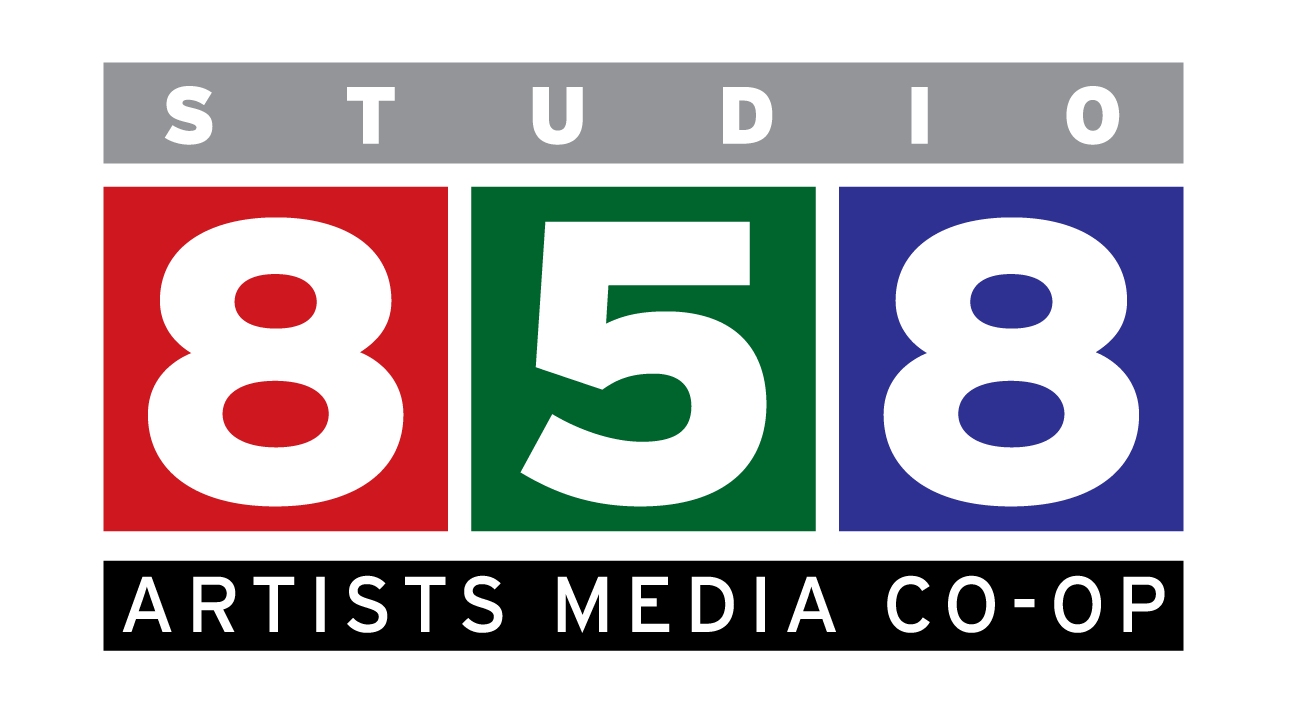Yashica D Twin lens 120 roll film camera
It seemed magical to me when I was 12; magical and unattainable at the same time. My mother’s camera, a Yashica D her friend Kathy had purchased for her in Japan, had two lenses, one for viewing and one for taking, and used 120 roll film, giving a square negative that was roughly 2¼ inches on each side. Like other cameras of its kind, it had a waist-level viewfinder with a shade that unfolded to shield the focusing screen from extraneous light and a pop-up magnifier to help focusing accuracy. I spent hours with it on family trips, looking though the viewfinder at the world racing by our 1967 Ford Fairlane station wagon. The image in the viewfinder was bright, colorful and sometimes blurry, depending on how far I’d turned the focus knob, so as I spent time playing with the camera, I actually learned some of the ins and outs of medium format photography without taking any photographs (film and processing was a bit on the expensive side for a young man of limited means).
Yashica advertised their line of twin lens cameras heavily in the 60’s and 70’s, even featuring them in special displays in airports through out the world (the cameras in the airport displays were most likely dummy models built for advertising, a practice that is still sometimes used today). I left many nose and finger prints on the glass of those tempting airport lobby showcases as my family traveled back and forth from our home in Korea to the US!
Cameras with waist-level optical viewfinders reverse the image laterally, so as you turn the camera to the left or to the right, what you see on the focusing screen seems to move the opposite direction. This was true not only of my beloved Yashica D, but of similar cameras from Rollei, Hasselblad, Minolta, Mamiya, Kowa, Fuji and Bronica as well. The advantage of the waist-level finder, to me, was that my friends never were sure that I was taking photos of them and generally paid me and my camera little attention. This situation, of course, made candid photography much easier than it would have otherwise been. It made composition easier, though, since the square format allowed framing the image vertically or horizontally without having to rotate the camera. This was a good thing, since rotating a camera with a waist-level viewfinder resulted in a view that was totally disorienting and almost impossible to use.
My brother asked for and received a Kodak Instamatic 126 camera for Christmas of 1969, and almost immediately took two rolls of 12 exposure color print film with it. My mother was absolutely horrified when she picked up the processed film and the total for the two rolls came to over $20. For many people at that time, this was a day’s wages, and a quarter of a month’s rent for a decent one-bedroom apartment in our neighborhood. The Great Developing Rip-off was the topic of my family's dinner-table discussion for a while, with my brother and myself asserting that we could develop our own film for pennies if only we had the equipment for it. And so it was that my brother received for his birthday a Sears Jr. Darkroom Kit and we began to monopolize the upstairs bathroom.
It was the perfect place for the job. We covered the window with blankets, put a card table in the shower stall and replaced the overhead light bulb with our screw-in safelight. It was great fun for the two of us, but our sisters pounding on the door and complaining about us “hogging the bathroom” soon resulted in our being banished to the basement, where we wound up building a more sophisticated darkroom, complete with photo enlarger, counter for print trays and a running water bath for the prints. I developed hundreds of 120 and 35mm rolls of film there in the ten years that followed.
Since my brother had a camera and I didn’t, my mother sold me her Yashica D for $12.50, half of what she paid for it originally. I sold that camera in the late 70’s and put the money toward a Yashica Mat 124G, the top of the Yashica Twin Lens line featuring an f2.8 viewing lens (3.5 taking lens), a built-in light meter, rapid wind crank and the option of switching from the 12 exposure 120 film to 24 exposure 220 film. During that time I also bought and sold a Yashica 635, a dual-format camera that had an insert allowing the use of 35mm film in what was otherwise a 120 camera. I wore my Yashica Mat out shooting weddings, so it was in its turn sold to fund a Mamiya C330, a professional grade TLR that I used through 2007 before trading it and its twin for my third digital camera.
My current Yashica D is one I bought in the 80’s, complete with leather case, and also the one I took with me to Peru in May of 1990, doing the Ansel Adams thing in Machu Picchu with b&w film and a red filter. I won’t confess to sleeping with it, but I will tell you it has a special place in my heart.
If you’re a detail person, check out this site on the complete line of Yashica TLR cameras.
http://www.yashicatlr.com/index.html
– Edward Crim

